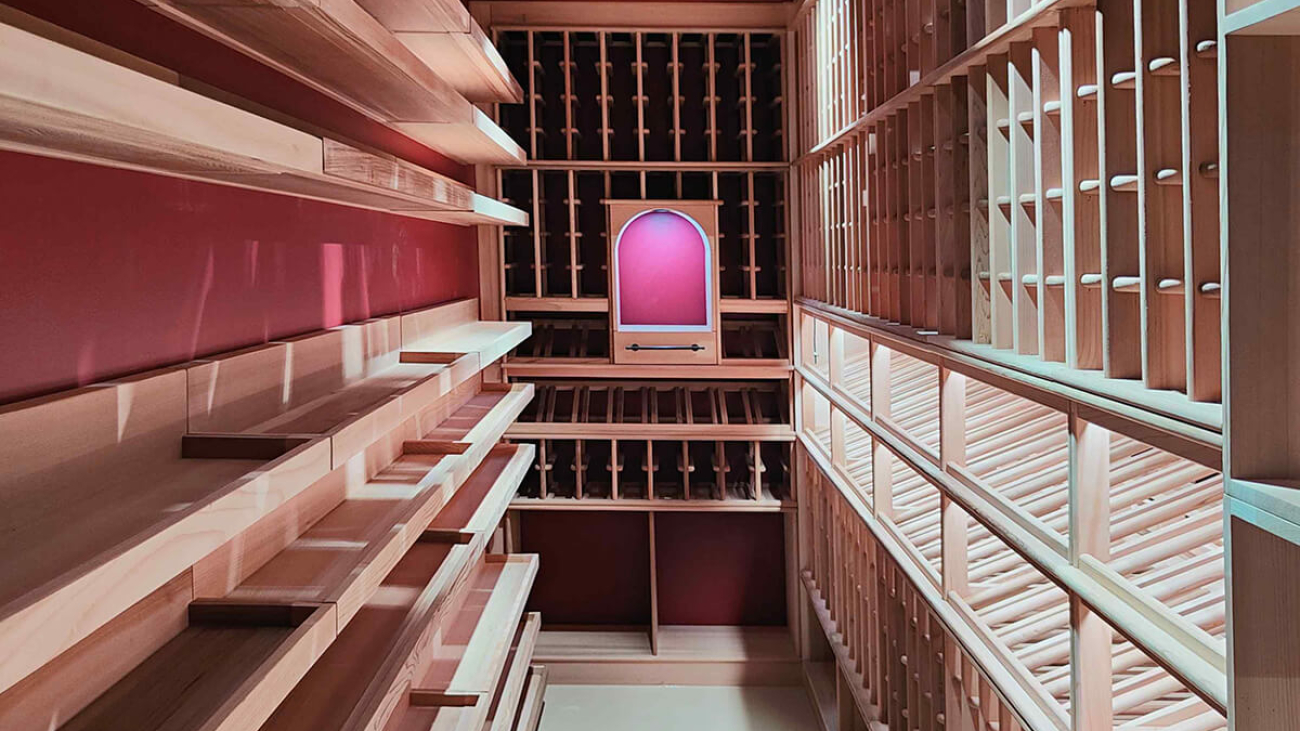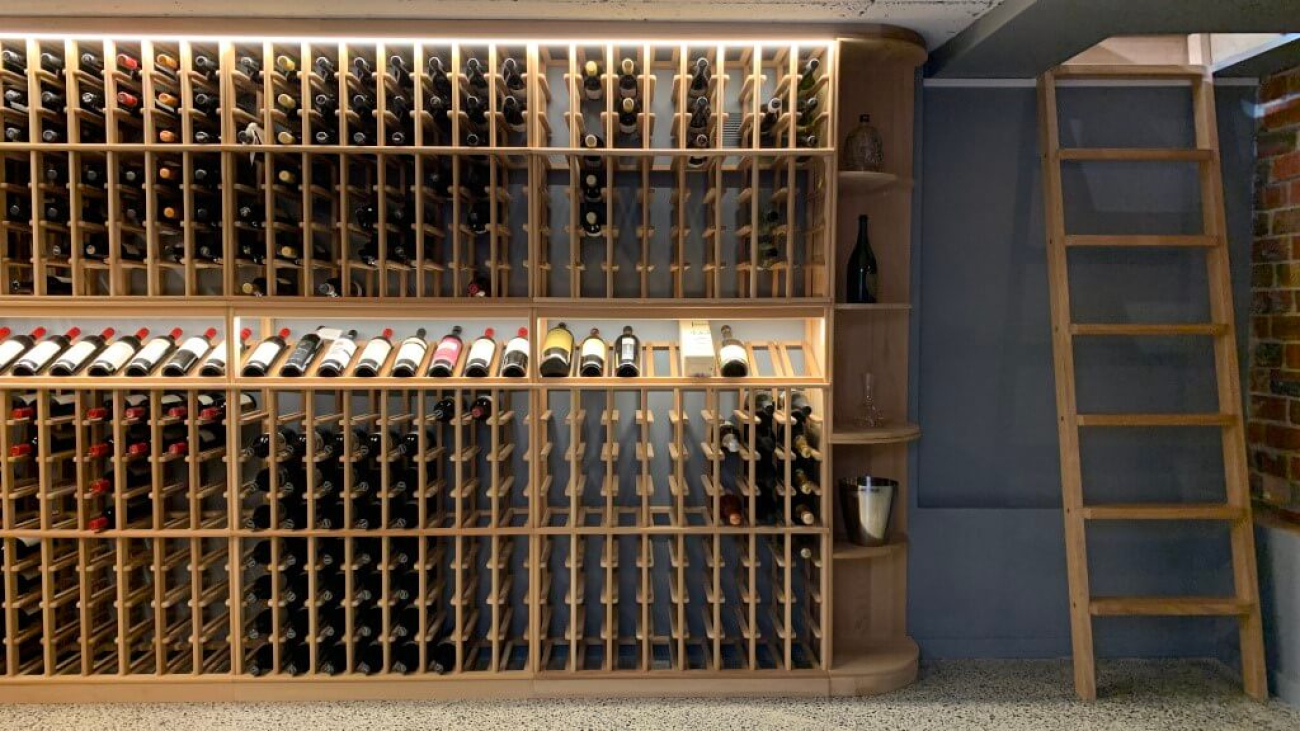There are many different styles, sizes, materials and locations that you can build a custom Wine Cellar for you home, here are some things to consider before investing in a crate of Penfolds Grange. At Red Wine Cellars we will always consult with our clients prior to embarking on the construction of a Custom Wine Cellar to ensure that it is built to your needs. The first place to start thinking about a new bespoke wine cellar is with your dream cellar and work to a beautiful outcome from there.
1. Design the Cellar that is right for your needs.
A Wine Cellar and Wine Racking needs to be designed for the individual and the home where it is to be located. It is important to consider both the geographic location of the property and the location of the cellar within the house. These factors will determine the cellar environment, the size of the cellar and the bottle storage potential of the cellar. The style of the cellar needs to be considered to compliment the house design, whether it be a classic timber cellar with Red Cedar Wine Racking, a modern feel with Polished Aluminium Wine Pegs or a contemporary design with Tasmanian Oak and Australain Steel Wine Racking. The conditioning requirement of a cellar located in Sydney or Melbourne will vary from a cellar built in Tasmania or Darwin, as will the location of the cellar within the home. As a wine cellar can be constructed almost anywhere in the home the size of the space may determine the quantity of wine that you require storage. An under stair cellar will have visual and functional appeal but may restrict the quantity of wine that can be stored, just as a devoted cellar space may require a large investment to both insulate and temperature condition the space and fill with lovely wine.
2. Insulation and Conditioning.
Insulating a cellar is paramount to a stable temperature environment, this is one of the fundamental components for preserving quality wine. An underground cellar in Portsea, Sorrento or Toorak can maintain a temperature suitable if insulated and not affected by the house conditioning system. However an in house cellar with or without insulation will remain at the temperature of the house. The recommended temperature for the ongoing maturation of quality with is between 14deg- 17deg C, consequently a cellar built within a property will require Cellar Conditioning to achieve this temperature. It is worth noting that the effects of temperature on wine are on a sliding scale, higher temperatures for longer periods have greater effect. A Red Wine that is not designated for long periods of maturation, check what the winemakes says on the label for cellaring duration, may be stored without temperature control if you have a small cellar where the wine is regularly consumed and replaced.
3. Type of Racking
Wine Cellars can be both beautiful and functional. Red Wine Cellars supplies and installs Timber and Metal racking to suit your needs and the aesthetics of Custom Cellar. Western Red Cedar is traditionally used as a Cellar Timber as it has a beautiful soft red-brown timber hue, aromatic scent, it is durable and contains naturally occurring anti-fungal and anti-mould properties.
Polished Aluminium Wine Pegs offer a stunning modern method for storing wine. The pegs can be configured to accommodate any size bottle and can be configured for the bottles to be stored either parallel or perpendicular to the wall, always horizontal to the floor. The pegs also come in a range of colours to suit any decor.
Tasmanian Oak and Australian steel provides a modern, practical and bold Wine Storage System. They can be custom designed and suit a range of spaces.
4. How many Bottles do you need to store and what else will be in the space?
Wine Cellars can store any volume of wine that your require. Depending on the racking system chosen you will be able to store between 70-90 bottles per square meter. Considering the volume of bottles that you wish to invest in can determine the size of your cellar. Many Cellars are also provide great spaces for wine tasting or a space to entertain with friends, ensure that you bring a warm jacket if it is climate controlled to 14 degrees C.
5. Will your Wine and Wine Cellar be an investment?
This is an easy mistake to make when designing a wine Cellar, if you invest in your cellar it will make a return on the investment many times over. Not only does a quality wine cellar increase the value of a property but also your own personal pleasure from having a cellar for your wines. Quality wines will also increase in value if stored properly in a stable temperature controlled environment.
The biggest mistake that people make when designing their wine cellar is not considering the many aspects that make a wine cellar both beautiful and functional.










